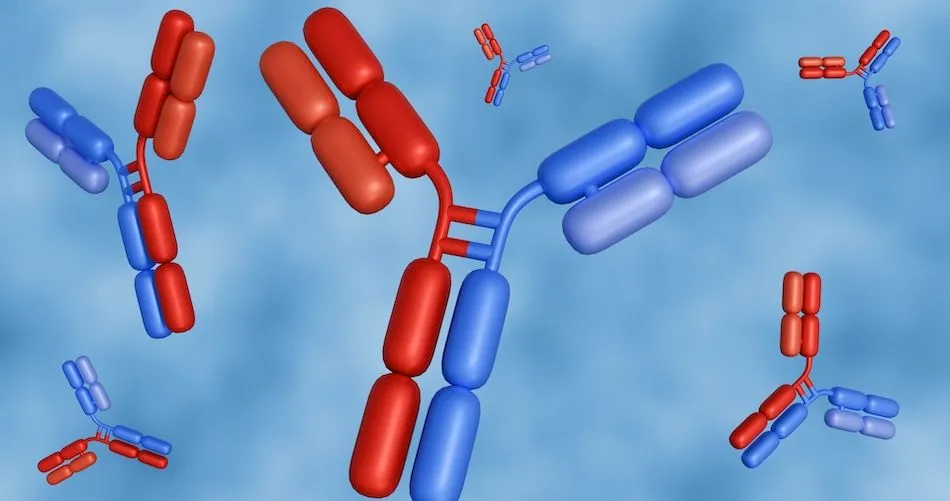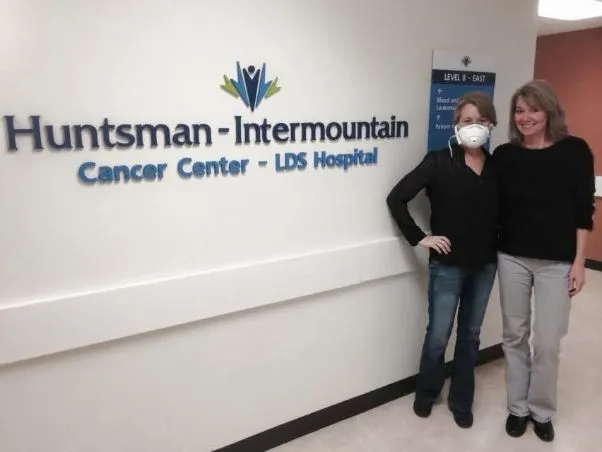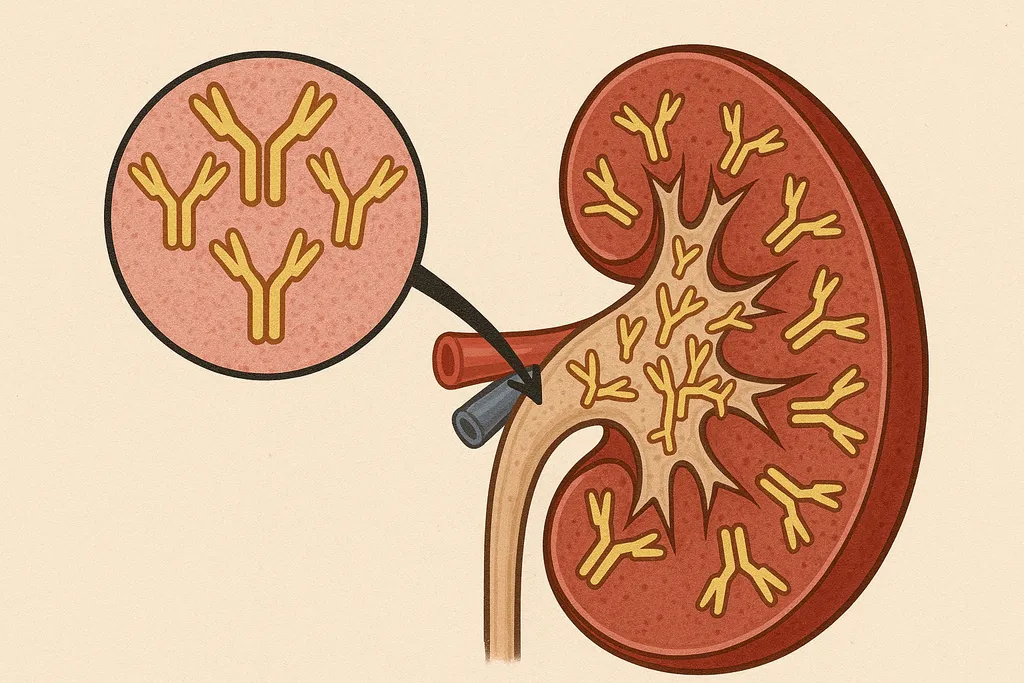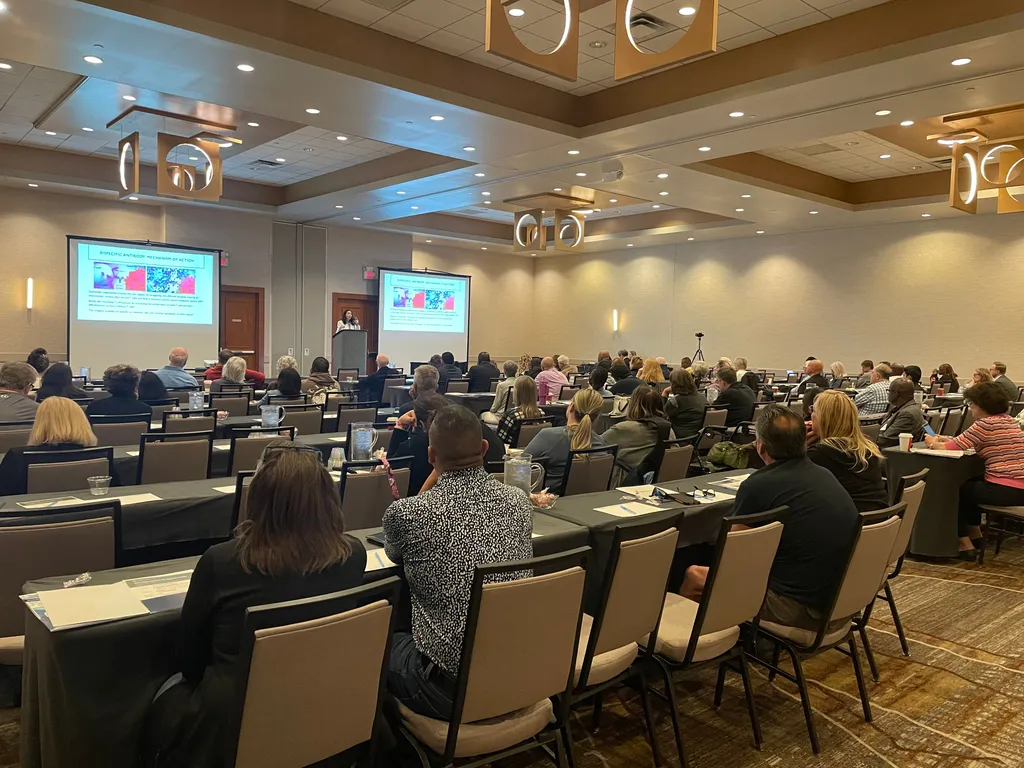ASH 2021: Using BLENREP in AL Amyloidosis Patients With Myeloma

AL amyloidosis is a higher risk condition that can be associated with multiple myeloma. At the recent ASH meeting, information was presented about belantamab mafadotin (BLENREP) being used in patients who have both multiple myeloma and AL amyloidosis. BLENREP is a new antibody drug conjugate targeting BCMA that is currently approved for use by relapsed multiple myeloma patients. In AL amyloidosis, protein produced by plasma cells are deposited in and around tissues, nerves and organs like the heart or kidneys.
In Phase I/II studies in heavily pre-treated multiple myeloma patients, BLENREP showed single-agent clinical activity with overall response rates ranging from 30-60%, with most responses being durable at 13 months of follow-up. The most common side effects include keratopathy (an eye condition), thrombocytopenia (blood clots), and anemia.
Dr. Yifei Zhang from Tufts Medical Center reported outcomes of six patients who received BLENREP at different centers for relapsed refractory (RR) amyloid light-chain Amyloidosis associated with myeloma.
The age range was 51-74 years, a median marrow plasma cell count was 40%, and a free light chain level of 868 mg/L. Four patients had lambda-type amyloidosis and two had kappa-type amyloidosis.
Before starting BLENREP, the median number of lines of prior therapy was 6 (range, 5-10), including daratumumab, bortezomib, and lenalidomide. BLENREP was given at 2.5 mg/kg as an intravenous infusion over the course of 30 minutes every three weeks after eye exam clearance until discontinuation for progression or toxicity.
At a median follow-up of 4.5 months, 5 patients (83%) achieved hematological responses (HR), which means that at least 5 of the 6 patients reduced their serum free-light chains. Also, 3 of those 5 patients (50% of the total) achieved complete response (CR) by standard criteria. In other words, the patients had a normal free light chain ratio and no monoclonal protein in the blood or urine.
Time to response ranged from 3 to 150 days. Cardiac improvements were seen in all but one patient, with time to response ranging from 11 to 96 days. One patient had a renal response; response assessment was not yet available for two other patients with renal involvement at the moment of the presentation. The most common toxicity was keratopathy (grade 1-2).
BLENREP was held after the first dose in a 51-year-old patient who had been heavily pre-treated and had extensive cardiac and pulmonary amyloid light-chain and multiple sites of progressive myeloma bone disease showing on her PET scan. Two days after her first dose of BLENREP, the patient was admitted to hospital for difficulty breathing, atrial fibrillation and heart arrhythmia. She briefly needed cardiac resuscitation without intubation and her heart resumed normal function after 6 minutes. This patient achieved a complete response after one dose of BLENREP, that has been stable for over five months with marked clinical improvement. Impressively, a 62 year-old woman with cardiac and renal amyloid light chain has achieved a complete response that has been durable for over 16 months with cardiac and renal improvements.
The authors concluded that in that group of 6 patients with relapsed/refractory amyloid light-chain with myeloma, hematological and cardiac response rates were impressive at 83% and 80% respectively. Also, one patient who had 24-hour urine protein evaluation positive for renal damage achieved a renal response.
Although more clinical and translational studies are needed to understand how this improved organ function, we now understand that eliminating the amyloidosis free light chains provides an opportunity for recovery of organ function.
AL amyloidosis is a higher risk condition that can be associated with multiple myeloma. At the recent ASH meeting, information was presented about belantamab mafadotin (BLENREP) being used in patients who have both multiple myeloma and AL amyloidosis. BLENREP is a new antibody drug conjugate targeting BCMA that is currently approved for use by relapsed multiple myeloma patients. In AL amyloidosis, protein produced by plasma cells are deposited in and around tissues, nerves and organs like the heart or kidneys.
In Phase I/II studies in heavily pre-treated multiple myeloma patients, BLENREP showed single-agent clinical activity with overall response rates ranging from 30-60%, with most responses being durable at 13 months of follow-up. The most common side effects include keratopathy (an eye condition), thrombocytopenia (blood clots), and anemia.
Dr. Yifei Zhang from Tufts Medical Center reported outcomes of six patients who received BLENREP at different centers for relapsed refractory (RR) amyloid light-chain Amyloidosis associated with myeloma.
The age range was 51-74 years, a median marrow plasma cell count was 40%, and a free light chain level of 868 mg/L. Four patients had lambda-type amyloidosis and two had kappa-type amyloidosis.
Before starting BLENREP, the median number of lines of prior therapy was 6 (range, 5-10), including daratumumab, bortezomib, and lenalidomide. BLENREP was given at 2.5 mg/kg as an intravenous infusion over the course of 30 minutes every three weeks after eye exam clearance until discontinuation for progression or toxicity.
At a median follow-up of 4.5 months, 5 patients (83%) achieved hematological responses (HR), which means that at least 5 of the 6 patients reduced their serum free-light chains. Also, 3 of those 5 patients (50% of the total) achieved complete response (CR) by standard criteria. In other words, the patients had a normal free light chain ratio and no monoclonal protein in the blood or urine.
Time to response ranged from 3 to 150 days. Cardiac improvements were seen in all but one patient, with time to response ranging from 11 to 96 days. One patient had a renal response; response assessment was not yet available for two other patients with renal involvement at the moment of the presentation. The most common toxicity was keratopathy (grade 1-2).
BLENREP was held after the first dose in a 51-year-old patient who had been heavily pre-treated and had extensive cardiac and pulmonary amyloid light-chain and multiple sites of progressive myeloma bone disease showing on her PET scan. Two days after her first dose of BLENREP, the patient was admitted to hospital for difficulty breathing, atrial fibrillation and heart arrhythmia. She briefly needed cardiac resuscitation without intubation and her heart resumed normal function after 6 minutes. This patient achieved a complete response after one dose of BLENREP, that has been stable for over five months with marked clinical improvement. Impressively, a 62 year-old woman with cardiac and renal amyloid light chain has achieved a complete response that has been durable for over 16 months with cardiac and renal improvements.
The authors concluded that in that group of 6 patients with relapsed/refractory amyloid light-chain with myeloma, hematological and cardiac response rates were impressive at 83% and 80% respectively. Also, one patient who had 24-hour urine protein evaluation positive for renal damage achieved a renal response.
Although more clinical and translational studies are needed to understand how this improved organ function, we now understand that eliminating the amyloidosis free light chains provides an opportunity for recovery of organ function.

about the author
Felipe Flores
Felipe is an International Medical Graduate who is part of the HealthTree Patient Experience team. In his free time, he loves playing soccer, watching Netflix series and exercising.
More on Conferences
Trending Articles




Get the Latest Multiple Myeloma Updates, Delivered to You.
By subscribing to the HealthTree newsletter, you'll receive the latest research, treatment updates, and expert insights to help you navigate your health.













